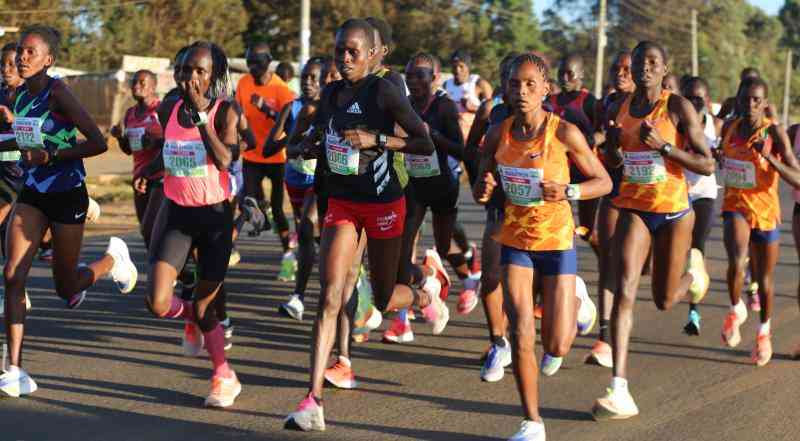With about 17.4 million cattle, 17 million sheep, 27.7 million goats and 2.6 million camels, Kenya has immense livestock resources.
It is estimated that this sector accounts for about 10 per cent of GDP and about 42 per cent of the agricultural GDP. It however faces numerous challenges, the biggest being lack of a centralised approach to development and growth of the sector as a single entity. Within the livestock sector, the dairy sub-sector is a little more developed and structured relative to beef cattle, goats, sheep and camel.
Although the dairy sub-sector continues to face challenges in the areas of animal husbandry, disjointed inputs supply, poor sector service delivery and lack of financial access by small scale producers, its success can largely be attributed to the role played by the Kenya Dairy Board in the regulation and production, marketing, distribution and supply of dairy produce. The meat sub-sector on the other hand is highly fragmented, poorly managed and riddled with inefficiencies that affect profit potential, predictability and meaningful planning along the entire value chain.
Pastoralists are estimated to produce 86 per cent of Kenya’s beef, mutton and chevron, yet this group is largely excluded from meaningful value capture. Beef is, by far, the most popular meat consumed in Kenya, representing 69 per cent of meat consumed by volume. Demand will continue to grow, driven by increasing urbanisation and a growing middle class. It is also important to emphasise that local demand will outstrip supply in the near future.
Let’s keep in mind that beef for export is not even in the equation, as we speak of the future.
If Kenya does not improve its production, range management, value chain promotion and marketing, the country may as well prepare to use its scarce foreign exchange to meet the shortfall in local beef demand. Before the 1990s, Kenya’s leather industry products such as raw hides and skins and processed leather materials thrived in the domestic as well as foreign markets.
Inappropriate policies in the mid-90s, such as the scraping of export tax compensation, led to the collapse of many tanneries and pushed local leather actors out of the market, leading to the flooding of imported leather products into the country. Between the late 60s and mid-80s, the beef industry had started gathering strength that would have propelled it to its full potential.
These were the days when The Livestock Marketing Division (LMD) was actively promoting livestock trade, when the Kenya Meat Commission (KMC) was a model in Africa’s meat industry, and when the Government was actively promoting the establishment of large scale ranches in the rangelands and expansion of feed lots in order to increase meat off-take. Measures were also put in place to expand the Agricultural Development Corporation farms to provide credit to livestock producers. All these started falling apart due to lack of focus, institutional mismanagement and good amounts of confusion within the policy frameworks. Fast forward to 2015, the Government seems to be showing signs of revitalising the livestock sector, starting with the almost-to-be-unveiled livestock insurance scheme for pastoralists and the ongoing livestock policy reforms such as the veterinary policy.
Devolution has also come in handy. A few counties are beginning to put up key infrastructure such as abattoirs and livestock markets.
The absence of an entity to champion, regulate, develop and promote our meat industry is what is stopping us from tapping into all the possibilities that could drive the meat sector into a whole new level.
 The Standard Group Plc is a
multi-media organization with investments in media platforms spanning newspaper
print operations, television, radio broadcasting, digital and online services. The
Standard Group is recognized as a leading multi-media house in Kenya with a key
influence in matters of national and international interest.
The Standard Group Plc is a
multi-media organization with investments in media platforms spanning newspaper
print operations, television, radio broadcasting, digital and online services. The
Standard Group is recognized as a leading multi-media house in Kenya with a key
influence in matters of national and international interest.
 The Standard Group Plc is a
multi-media organization with investments in media platforms spanning newspaper
print operations, television, radio broadcasting, digital and online services. The
Standard Group is recognized as a leading multi-media house in Kenya with a key
influence in matters of national and international interest.
The Standard Group Plc is a
multi-media organization with investments in media platforms spanning newspaper
print operations, television, radio broadcasting, digital and online services. The
Standard Group is recognized as a leading multi-media house in Kenya with a key
influence in matters of national and international interest.








